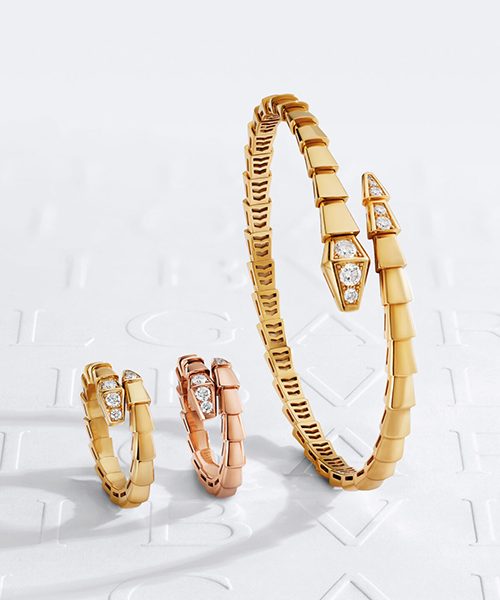
A gemstone that wıll amaze you wıth ıts glow
We are used to the fact that amber has a yellow or golden hue, but fact that it can have many colors. One of the rarest and most beautiful is blue Dominican amber.
Its deposits are concentrated only in Central America, mainly in the Dominican Republic and in very small quantities in Nicaragua, Mexica, Sumatra and Kalimantan and Haiti. Its high cost is combined by several factors. First, it is very difficult to mine. This can only be done in an artisanal way, since access to the deposits is very difficult. Machines and other automated mining methods aren’t suitable as they can destroy the precious mineral.
Secondly blue amber is very rare. It is relatively “young”, about 20-40 million years old. It got unusual shade from the already extinct trees of Hymenaea protera. These plants emit only a small amount of resin, so the amber deposits should have formed after the destruction of a huge number trees of this species. It was a natural disaster, after which a huge array of trees released a lot of resin at once. Over million years it gradually sank to the bottom of the sea, where it was transformed into amber. Then thanks to tectonic movements, the landscape changed and the seabed turned into mountain ranges, among which blue amber is now being mined.
Thirdly, this type of amber prized for its glow. It appears due to perylene and ash particles. Perylene is a chemical compound that affects the refractive spectrum of rays, after which we see a rich blue hue. The appearance of perylene in the composition is explained by prolonged heating of the hardening resin in an oxygen-free environment. The phosphorescent glow of amber appeared due to particles of volcanic ash.
Another feature of blue amber is inclusions. These are living organisms frozen inside amber. About 50% of Dominican amber samples contain plants and living organisms. They are perfectly preserved and have allowed scientists to study and describe more than 400 species of extinct insects.










